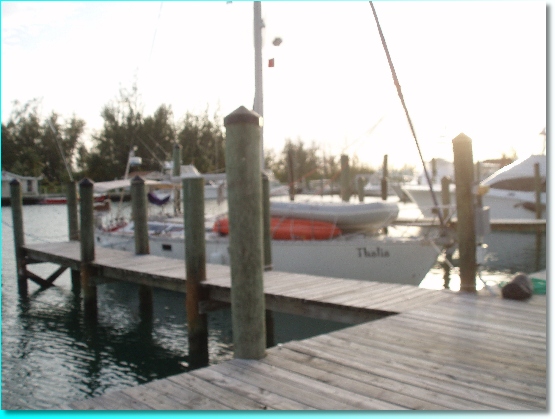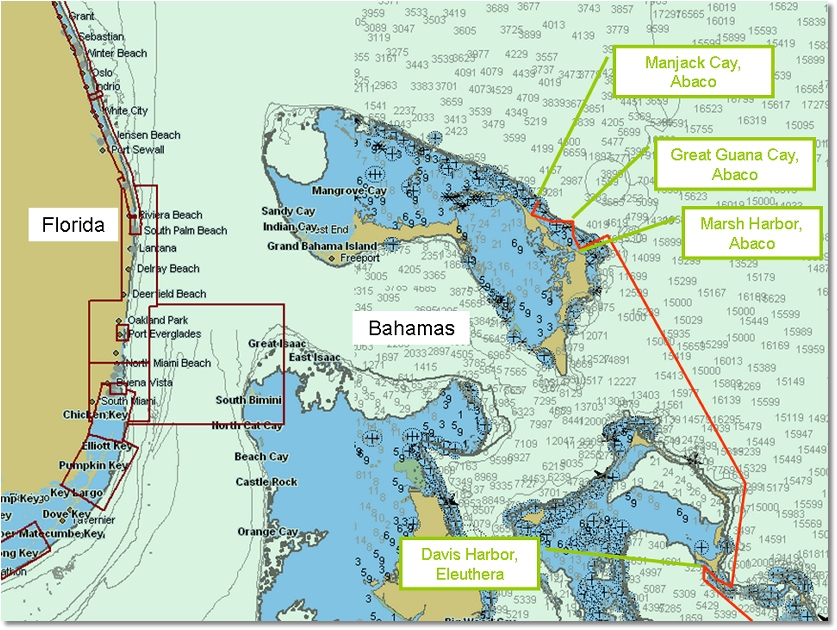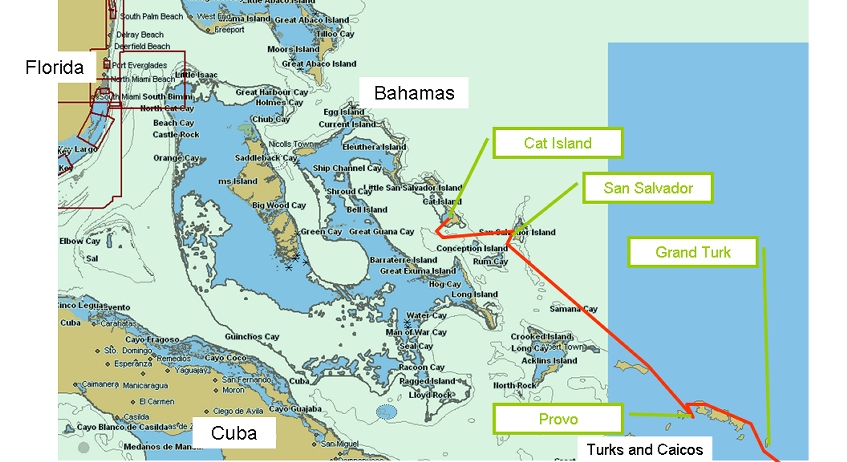Having bid adieu to Martin and Nancy last week, and casting off the lines at the comfortable Savannah municipal dock, we motored down the river in pursuit of the ICW. We found it at a junction named Fields Cut. This was one of many manmade cuts that we would navigate along the ICW over the next few days. The Army Corps of Engineers, the agency responsible for maintaining the ICW, made numerous cuts in the land when the track of the rivers, bent on spilling into the sea, refused to head in a parallel direction to the shore. The men and women of the Corps dredged these cuts and their connecting river systems to produce a roughly north/south route. At the time, they produced a waterway that had a minimum depth of 10 feet, measured at low tide, but as time passed, a number of places have shoaled in and caused the passage, by sailboaters in particular, to become an ongoing challenge of attentiveness. But, the ICW was the best option for us in this stage of our trip. We’d get a welcome break from the ups and downs of the winds and seas offshore, or ‘outside’ as everyone comes to call it. In the protection of the ICW, fondly labeled as the ‘ditch’, we could motor in flat water and give our sailing skills a rest. Additionally, there are towns and vistas along the way that are inaccessible from the ocean side, and, having a soft spot for the charm of small town America, our family would gets its fill of southern culture!
So, Karen guided us into Fields Cut for this new chapter in our journey, while we all kept a watchful eye on the depthsounder. With this first step, we crossed immediately into South Carolina – State #2 in our southern U.S. tour! Not wanting to push it too much on the first day, we chose a simple anchorage about 10 miles into the ICW, a little exit ramp called Bull Creek. We arrived at high tide, very high tide. The grassy marsh lands that go on for mile after mile into the distance in this part of South Carolina were barely peeking up above the water level. What on the chart looked like a 100′ wide creek was in fact a sea of water – only if you looked very closely could you see the occasional tuft of grass breaking the surface in sections. Nevertheless, we found the creek on the chartplotter and followed it about a 1/2 mile off of the ICW. After a quick circle to make sure we had enough depth to swing on the anchor, and following some debate among the crew on where the creek ended and the marsh began, we dropped anchor and easily set it amidst a steady outflowing current. Once we were sure the anchor was set, Zack and I jumped in the dinghy with the portable sounder to check the depths and we found the creek to be uncomfortably more narrow than we’d like. The sun was low in the sky and we needed to make this spot our home for the night, so, as a compromise, we set out the stern anchor to align us in the river and keep us from swinging into the shallows when the current reversed. This plan made sense from our past experience, but we had underestimated the power of the current in these parts. About an hour later, while sitting down at dinner in the cabin, we all could hear lots of water gurgling by the hull, more than we had come accustomed to in other current-rich areas. Examining the situation up on deck, we were surprised to find major whirlpools forming and spinning off of our starboard side, in the lee of the current. In fact the whole boat was listing to port in the current, as the keel tried to flow down river and the anchor lines up on deck were holding her back. It was so strong that our stern anchor line, made of stretchy 3/4″ nylon to absorb the shock of wind and waves at anchor, had allowed us to swing completely sideways to the current. Now, both the bow and stern anchor lines were being pulled as tight as steel rods, making us look like a gigantic slingshot being pulled back as far as it would go. It wouldn’t be long before something started breaking on the boat. I had the stern line led to a winch in the cockpit, and the load was so strong, I couldn’t crank the winch in to get us lined back up in the river current. After a quick debate, we decided to bend on another line to the end of the stern line to add about 75′ of length. This was sucked out the stern fairlead in record time and again the boat locked into a position perfectly sideways to the building ebb current. We couldn’t have picked a worse orientation for the boat – it would be much better to just swing on the one bow anchor. So, we tied a fender on the stern line and began to ease it off of the winch. There were four wraps around the winch. As I removed the first wrap, I could hear the line straining. Gingerly, I removed the second wrap, and suddenly, the line was pulled from my hand, flew around the winch twice more and was out the fairlead and below the water quicker than I could see it move. At one moment it was wrapped on the winch, the next it was gone in the water. I had never seen a line move so fast in my life! Thankfully, the fender was holding on to the end of the line; we’d deal with the recovery in the morning.
Continue reading “Reader Beware… Another Helping of Southern Charm Coming Your Way! Ep. 57”







